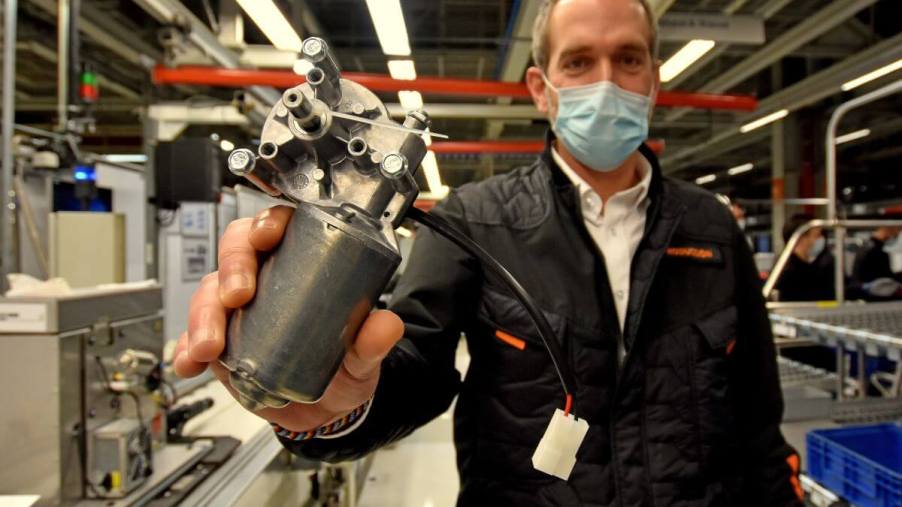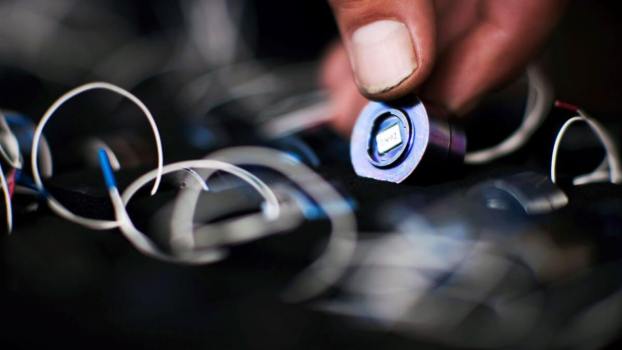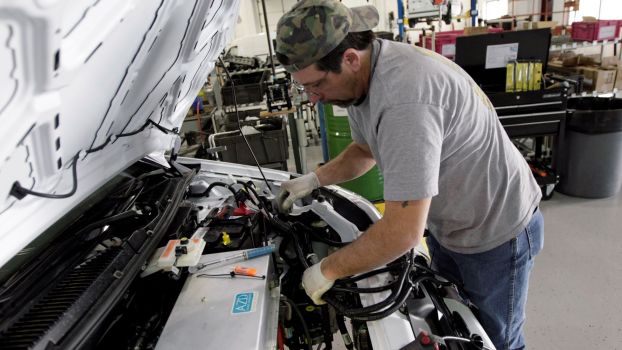
O2 Sensor Replacement: How to Tell if You’ve Got a Bad Oxygen Sensor
Maintenance is an essential part of owning a car. Whether it’s simple tasks like an oil change or bleeding your brakes, plenty of jobs are DIY-friendly and can save you the costs of taking your vehicle to a mechanic. However, ensuring you’ve got the right issue nailed down on more daunting tasks is essential, as diagnostics can be a bit troublesome. So, if you’re considering an O2 sensor replacement, it’s best to ensure that is actually your problem.
A bad oxygen sensor can cause all sorts of problems
Cars.com outlines the telltale signs of a bad O2 sensor. Although O2 sensor replacement is not a regular maintenance task, most cars will eventually suffer an oxygen sensor failure. However, it’s not always black and white as to whether or not replacing the sensor will alleviate the problem.
For one, many modern vehicles have multiple sensors. OBD-II cars (1996 model years and newer) require a pre-catalytic converter sensor and a second one after the catalytic converter. This is to measure the remnant fuel to determine whether or not the cat is doing its job. V-shaped engines like V6s and V8s typically have four O2 sensors, given that their design has two separate exhaust manifolds, meaning most also have two catalytic converters.
If you’re lucky enough for a check engine light to come on and specifically tell you which sensor needs replacing, thank your lucky stars. Often, this won’t be the case.
One of the most common check engine light codes associated with a faulty O2 sensor is P0420, usually displayed with the message “catalyst system efficiency below threshold.” Typically, this means that the O2 sensor is not reading the air-to-fuel ratio correctly and thinks the catalytic converter has failed. Still, keep in mind that there is a possibility that the catalytic converter has actually failed rather than this code being a misdiagnosis.
Other symptoms of a faulty O2 sensor to look for include rough idling, engine misfires, and a substantial increase in fuel consumption. A bad O2 sensor can cause up to a 40% decrease in fuel economy.
How much does an O2 sensor replacement cost?
O2 sensor replacement is a great first dive into more involved car repair and maintenance procedures. However, depending on the vehicle, some sensors can be quite a pain to get to. Typically, it takes only a few minutes, assuming you have easy access to the sensor. However, they can often be challenging to remove. The constant expansion and contraction of the exhaust and sensor threads from heating and cooling can get them quite stuck.
Also, if you attempt the repair yourself, remember that it’s an exhaust component, meaning it will be extremely hot. Let the car cool down sufficiently before attempting to replace O2 sensors.
Alternately, RepairPal states that it typically costs between $362 and $412 for a mechanic to replace the sensors for you. However, this could vary depending on the ease of access and how many sensors you are replacing. Some oxygen sensors are as little as $75, while others cost north of $300 just for the part.
Overall, if you’ve determined that an O2 sensor replacement is a solution to your problem, it’s up to you to decide how to repair it. However, remember that it’s not always easy to determine an oxygen sensor issue. Furthermore, if the check engine light code isn’t specified, you may just have to replace all of them.





